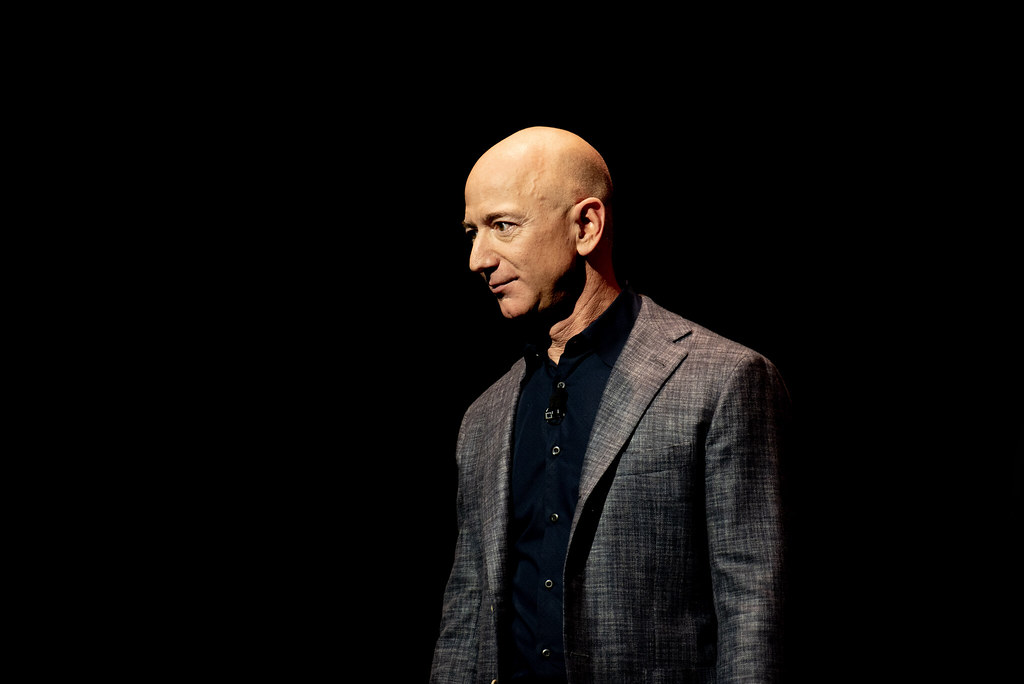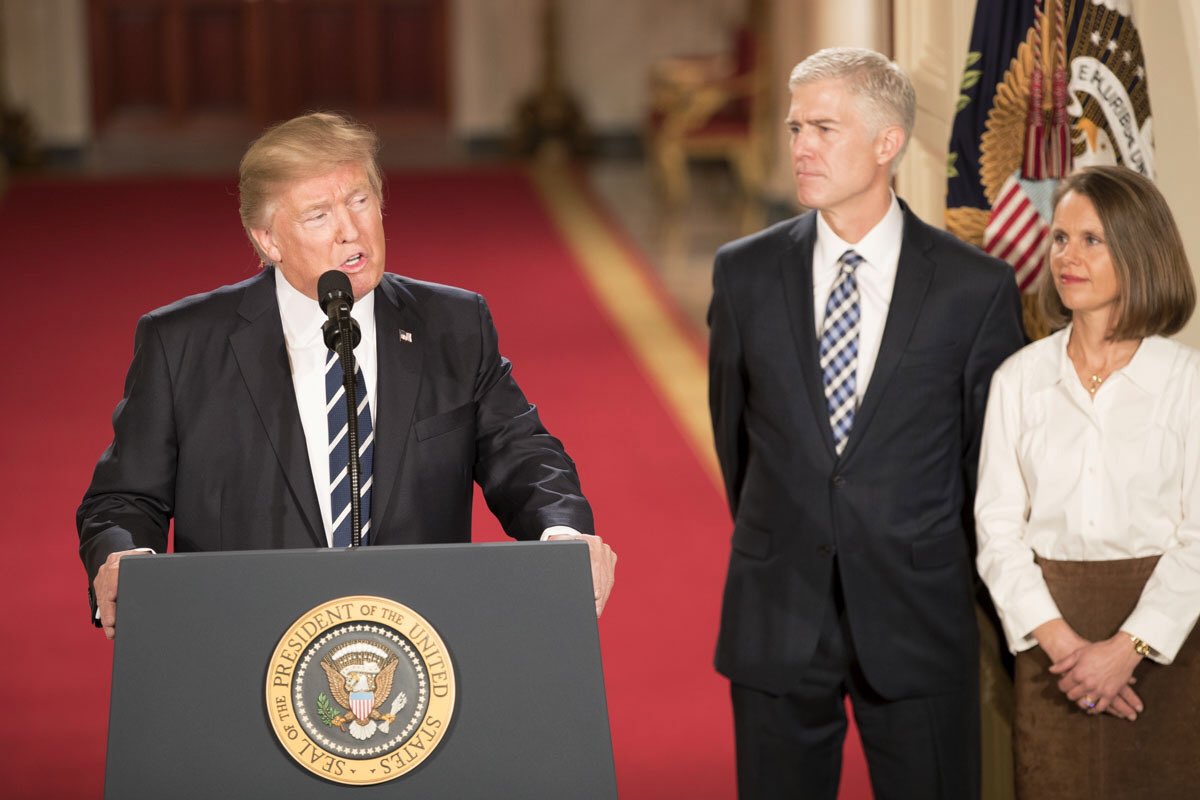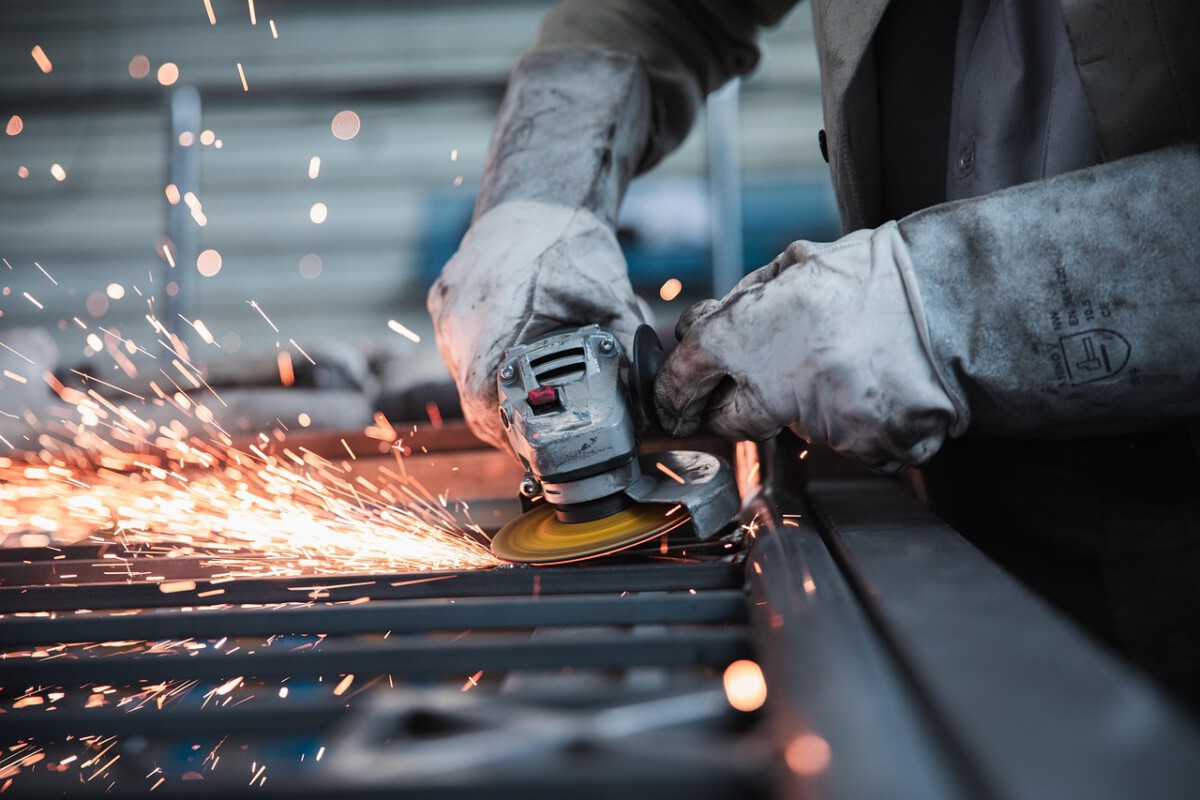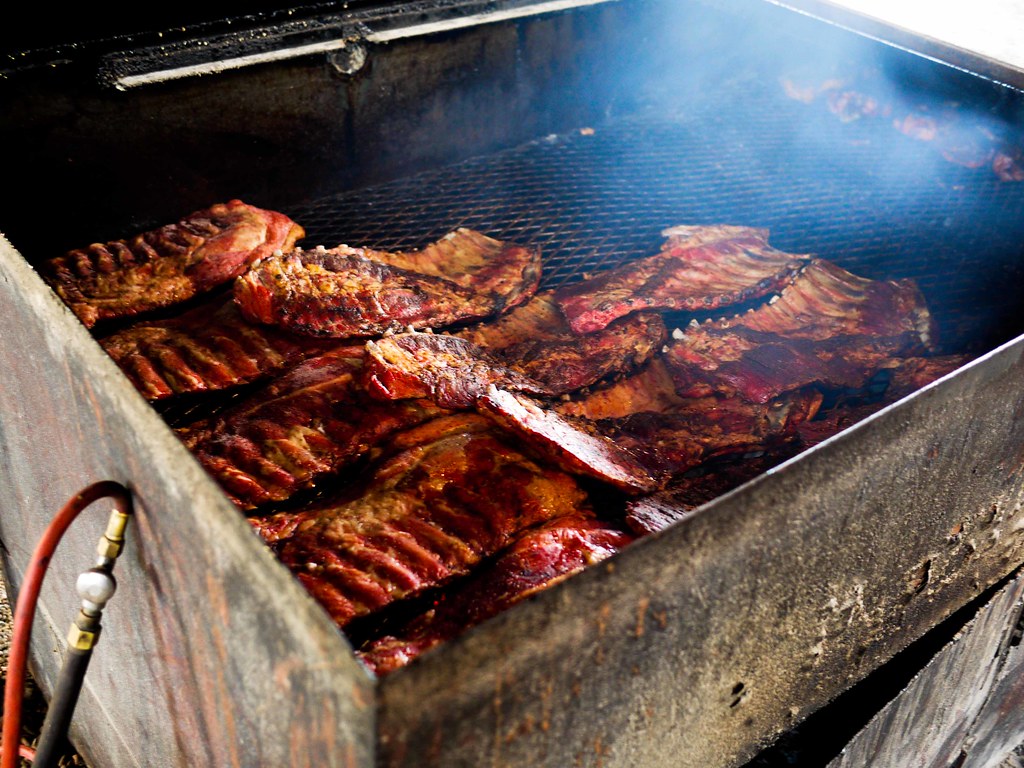Apple: Where Personal Computing Began in Los Altos

In 1976, Steve Jobs and Steve Wozniak assembled the first Apple computers in Jobs’ parents’ garage at 2066 Crist Drive in Los Altos, California. The Apple I sold for $666.66, a price Wozniak chose because he liked “repeating digits.” However, Apple co-founder Steve Wozniak clarified in a 2014 interview that “we did no designs there, no breadboarding, no prototyping, no planning of products. We did no manufacturing there.” According to Wozniak, the garage served more as a home base due to their lack of funds: “The garage didn’t serve much purpose, except it was something for us to feel was our home.” Today, this modest California ranch-style home carries a local historical designation, and Apple headquarters later moved from Jobs’ garage to Stevens Creek Boulevard in Cupertino where the rest is history. By 1979, Apple 2 raised sales from $7.8 million to $117 million in just two years.
Hewlett-Packard: The Birthplace of Silicon Valley
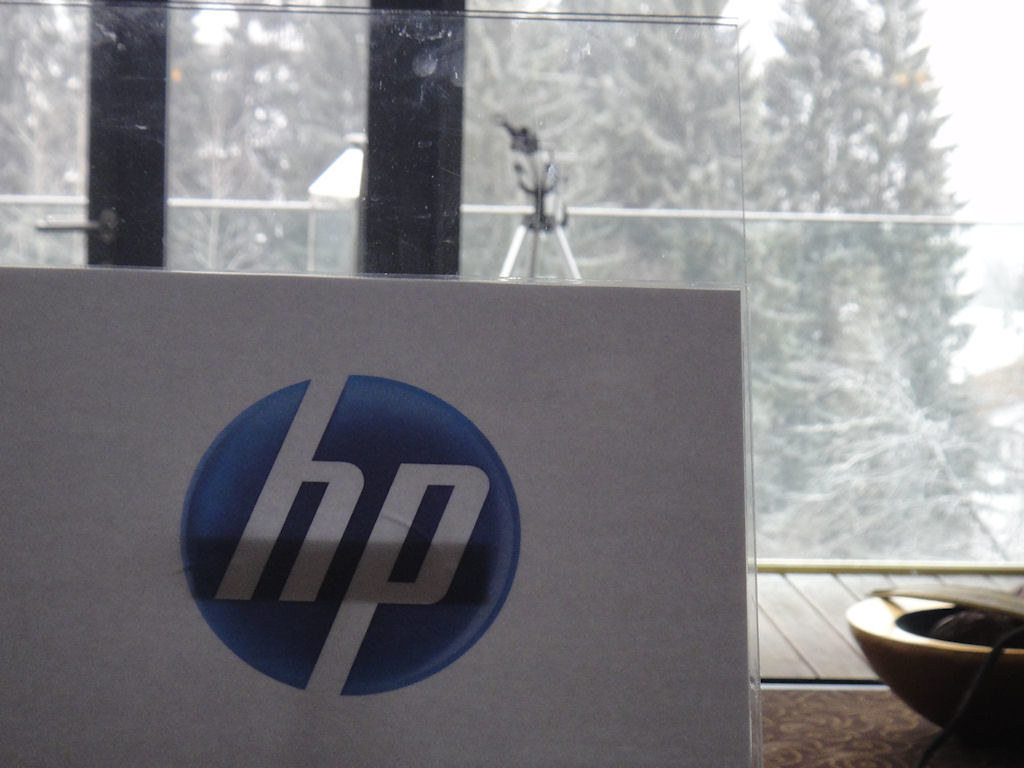
In 1939, electrical engineering graduates Bill Hewlett and Dave Packard started their company in a one-car, 12-by-18-foot garage in Palo Alto with an initial investment of only $538. Their first product was an audio oscillator, and Walt Disney Productions became their first major customer, purchasing eight oscillators to certify surround sound systems for the movie Fantasia. HP’s first “employee” was Lucile Packard, who offered her oven for baking paint on oscillator panels instead of making roast beef, claiming her cooking never tasted the same again. Today, a plaque marks the spot where HP and Silicon Valley first started, as the garage is now known as the birthplace of Silicon Valley. The garage served as research lab, development workshop, and manufacturing facility for nearly a year before the partners expanded to bigger space, incorporating in 1947.
Amazon: From Bellevue Garage to Global Giant
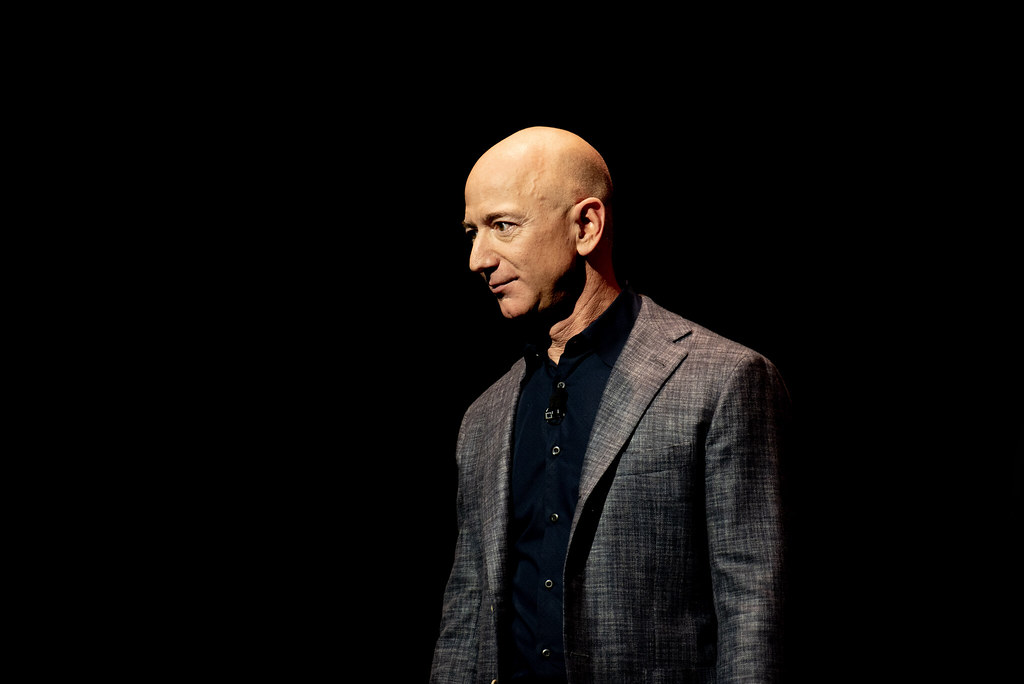
In 1994, Jeff Bezos started an online bookstore in his garage at 10704 NE 28th in Bellevue, Washington, selling the first book in 1995 under Amazon.com. With money from his parents, Bezos and his wife MacKenzie started Amazon with an ambitious plan to create an online bookstore and expand to sell everything, setting up desks made of old wooden doors. The garage space provided him with means to store goods, conduct transactions and send shipments, though it took almost an entire year to sell their first book. In a 1998 interview, Bezos explained why people move out of garages: “It’s not because they ran out of room. It’s because they ran out of electric power… so many computers in the garage that circuit breakers kept flipping.” Today, Amazon is valued at about $1.7 trillion.
Google: Renting Space in Menlo Park

Google founders Larry Page and Sergey Brin started their internet behemoth from a garage located at 232 Santa Margarita Avenue in Menlo Park, California, owned by Susan Wojcicki. In 1998, Wojcicki was a recent business school graduate who rented out her garage to Page and Brin for $1,700 a month to make her mortgage payments. The duo worked tirelessly for months developing the proto-Google website, and after being rejected by Excite to buy it for $1 million, Google would grow to become worth many billions today. Google is now worth an estimated $350 billion, and as of recent years, Larry Page and Sergey Brin were among the richest people in the world with net worths upwards of $30 billion. The founders started working in their Stanford dorm room before moving to the garage office space, where Silicon Valley investors immediately took notice and Andy Bechtolsheim wrote them a check for $100,000.
Microsoft: Albuquerque Origins

Microsoft was founded on April 4, 1975, by Bill Gates and Paul Allen in Albuquerque, New Mexico, with headquarters set up in a small garage on California Street. The two had been friends since Lakeside School in Seattle, and while working at Honeywell, Paul Allen discovered an article about the Altair microcomputer in Popular Electronics, which he excitedly shared with Bill at Harvard. They developed a software implementation called BASIC, which was accepted and distributed as Altair BASIC. Bill Gates and Paul Allen founded Microsoft with very little resources in their small garage workspace, licensing their first operating system for around $80,000. Unlike Apple who developed both software and hardware, Microsoft focused solely on the software market and worked with IBM to license their first OS. Bill Gates’ net worth is now estimated to be almost $100 billion, making him the 2nd richest person in the world.
Walt Disney Company: Animation Dreams in Uncle’s Garage
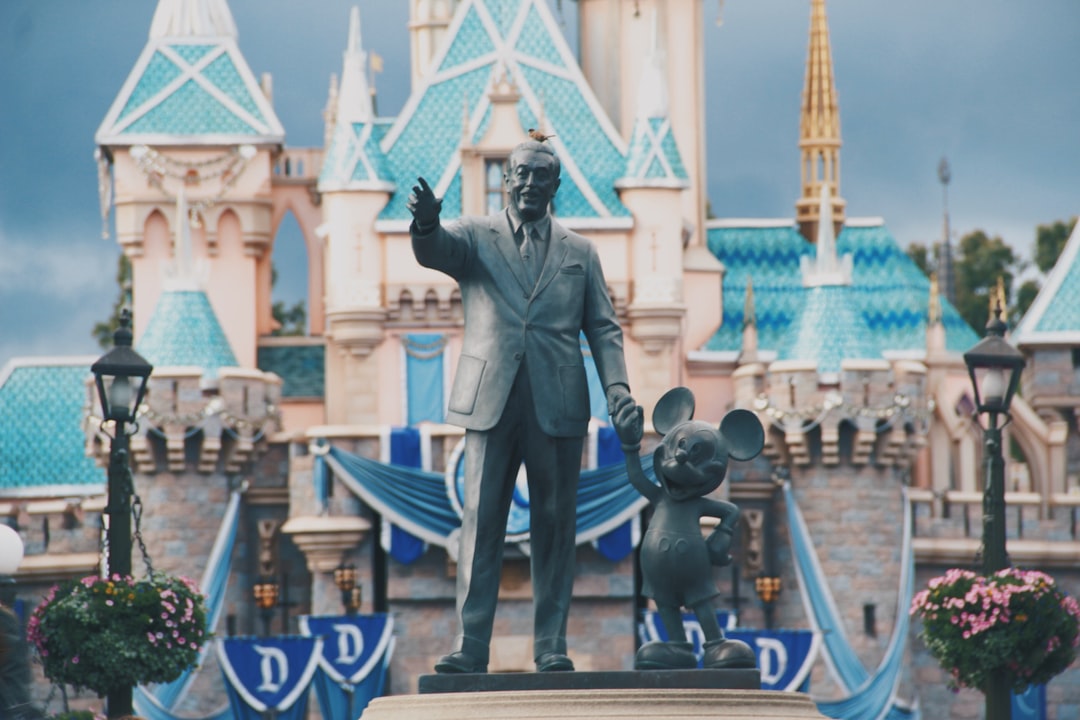
Walt Disney started his company at 4651 Kingswell Ave. in Los Angeles, when he and his brother Roy moved in with their uncle Robert and set up “The First Disney Studio” in the one-car garage, filming the Alice Comedies. The Walt Disney Company, now worth over $190 billion, had its first film studio in Walt Disney’s uncle’s garage beginning in summer 1923, when it was called The Disney Brothers Studio. Walt, Roy, and Robert started filming “Alice’s Comedies” in Robert’s garage in 1923, and while Walt’s animations took time to catch on, once Mickey Mouse was born there was no turning back, leading to movies, TV shows, and theme parks. They created their first films starting with “Alice Comedies,” part of the original Alice in Wonderland animation series, facing hardships before being accepted by investors and becoming one of the most popular media houses in the world.
Mattel: From Picture Frames to Toy Empire

In 1945, Harold Matson and husband-wife team Elliot and Ruth Handler started a business in a garage in southern California selling picture frames, using leftover scraps to create dollhouse furniture. The founders started making picture frames from an undisclosed garage in Southern California with such little money that they resorted to using picture frame scraps to create early dollhouses, which eventually began outselling their picture frames. After seeing the side business flourish, the firm ventured into the toy market, incorporating as Mattel in 1948 and bringing thousands of toys including Barbie, Scrabble, Matchbox cars, and Fisher Price products to market. In 1959, the Barbie doll was invented, and over 60 years since, the company has reinvented Barbie as a flight attendant, astronaut, president, surgeon, and more. The company is now worth over $3 billion dollars.
Harley-Davidson: Milwaukee Motorcycle Dreams
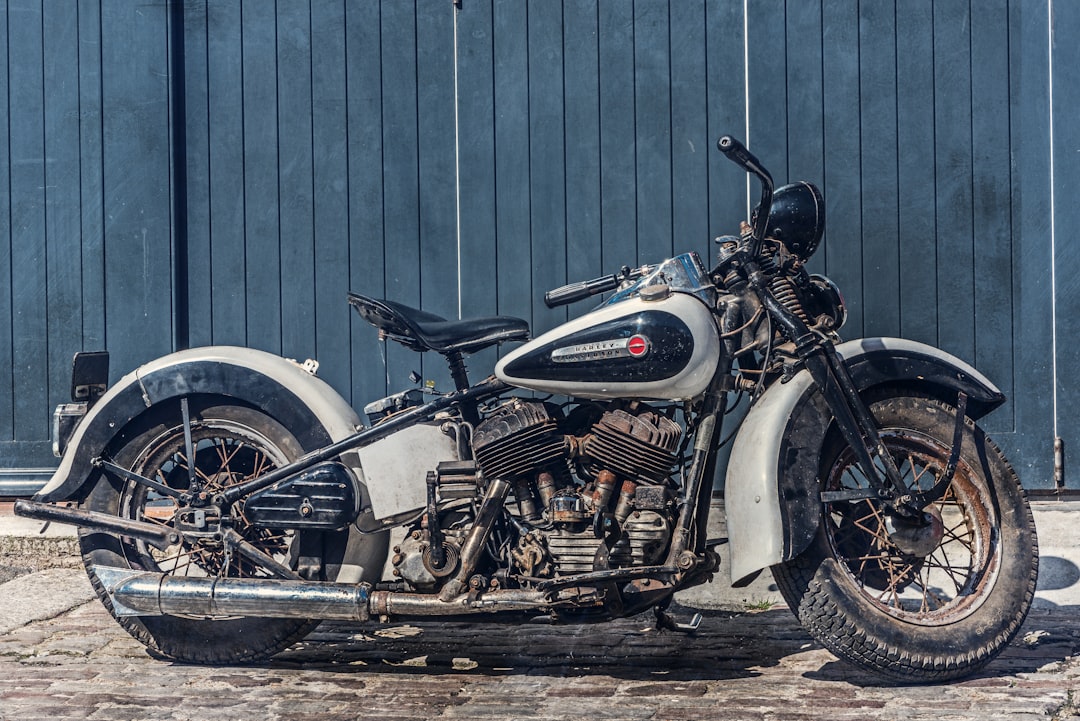
In 1901, 20-year-old William Harley created plans for a small engine to fit onto a bicycle frame for added speed, and in 1903 joined forces with friend Arthur Davidson to create the first Harley-Davidson motorcycle in a 10-by-15-foot shed garage in Milwaukee. William S. Harley drew up plans for a small-engined motorcycle at the turn of the 1900s, teaming up with childhood friend Arthur Davidson to turn plans into reality in an undisclosed garage in Milwaukee, Wisconsin, officially founding the company in 1903. The garage had adequate shelf space for parts, tools, and materials, and one of the first buyers was school friend Henry Meyer who purchased their 1903 model. In 1906 they made 50 motorcycles and moved to a larger building, hiring six employees, and in 1908 Walter Davidson achieved a perfect score in the Federation of American Motorcyclists contest, setting an economy record of 188.234 miles per gallon. Nowadays, Harley Davidson is synonymous with quality and luxury in the motorcycle industry.
Yankee Candle: A Teen’s Mother’s Day Gift
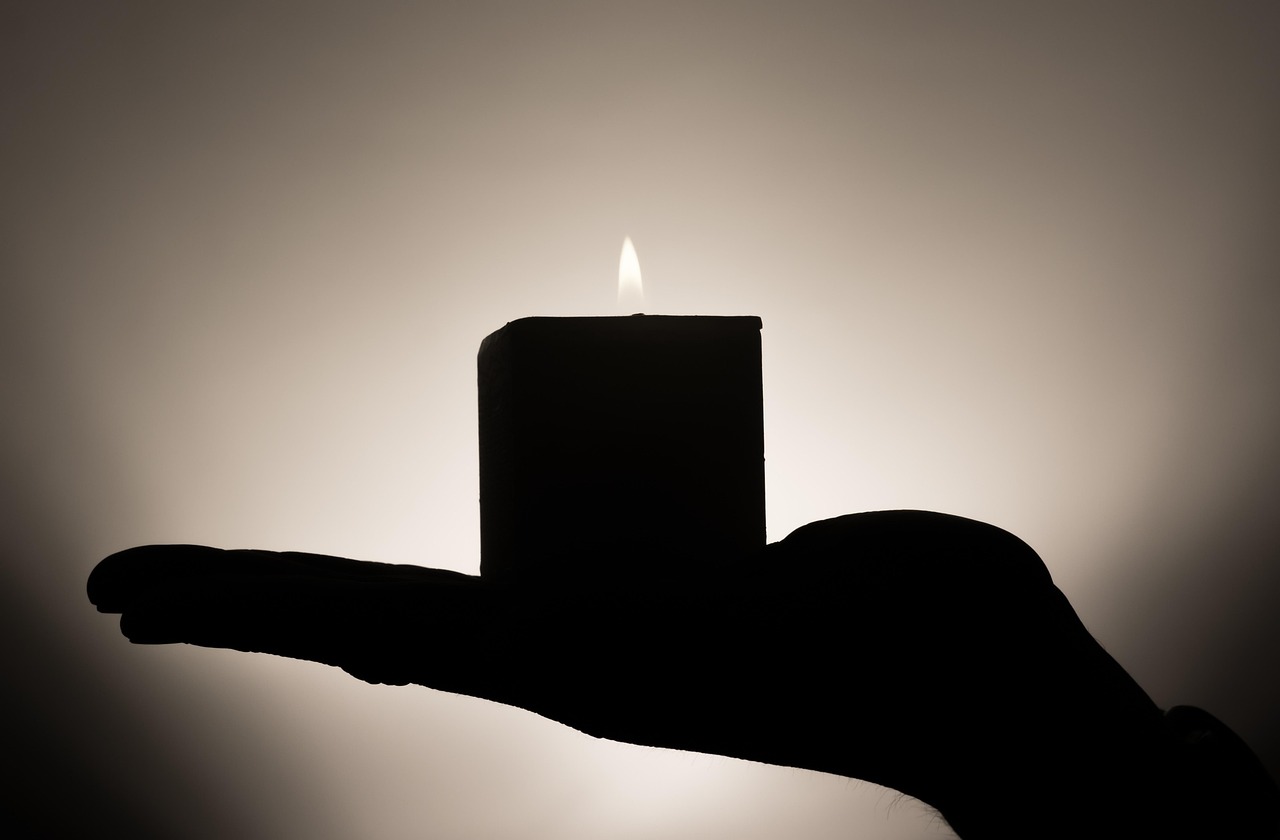
Michael Kittredge was only 16 years old when he started creating candles in his garage, originally as a Mother’s Day gift made by melting crayons, but neighbors showed interest and two classmates joined to help when he started selling them. High school student Michael Kittredge accidentally came up with his company, Yankee Candle, when he was just 16 years old. The company was founded in 1969 and grew very large very quickly, with Michael deciding to sell it in 1999. What started as a simple craft project using melted crayons became one of America’s most recognizable candle brands. The teenager’s entrepreneurial spirit turned a creative hobby into a business that would eventually become synonymous with home fragrance across the United States. From that humble garage beginning with basic materials, Yankee Candle grew to become a household name, proving that sometimes the best business ideas come from the most unexpected places.
MagLite: Precision Engineering from Savings
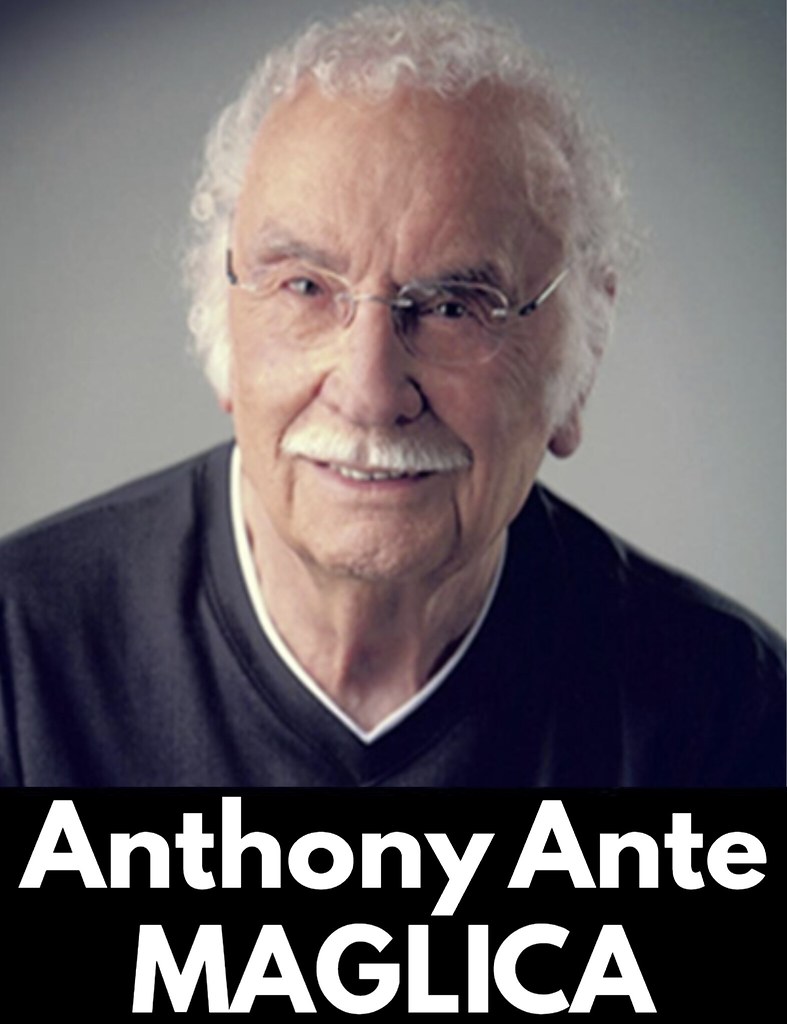
In 1950, Anthony Maglica started working on a lathe with just $125 in savings, incorporating as Mag Instrument in 1974 to deliver flashlight components to manufacturers, before deciding he could make more durable flashlights himself and starting to sell under the MagLite brand in 1976, now dominating the flashlight market. The story represents a classic American success tale where an immigrant’s determination and precision engineering skills transformed a modest investment into a market-leading brand. Maglica’s dedication to quality and innovation in his garage workshop eventually revolutionized the flashlight industry. His commitment to durability and reliability made MagLite the preferred choice for law enforcement and emergency responders worldwide. What began with basic machining tools and a vision for better products became a testament to the power of perfectionism and persistence in entrepreneurship.
Rather than viewing these garage origins as mere coincidence, they represent something deeper about American innovation. These founders didn’t need corporate offices or venture capital to begin changing the world. What did you expect from America’s most successful entrepreneurs?

